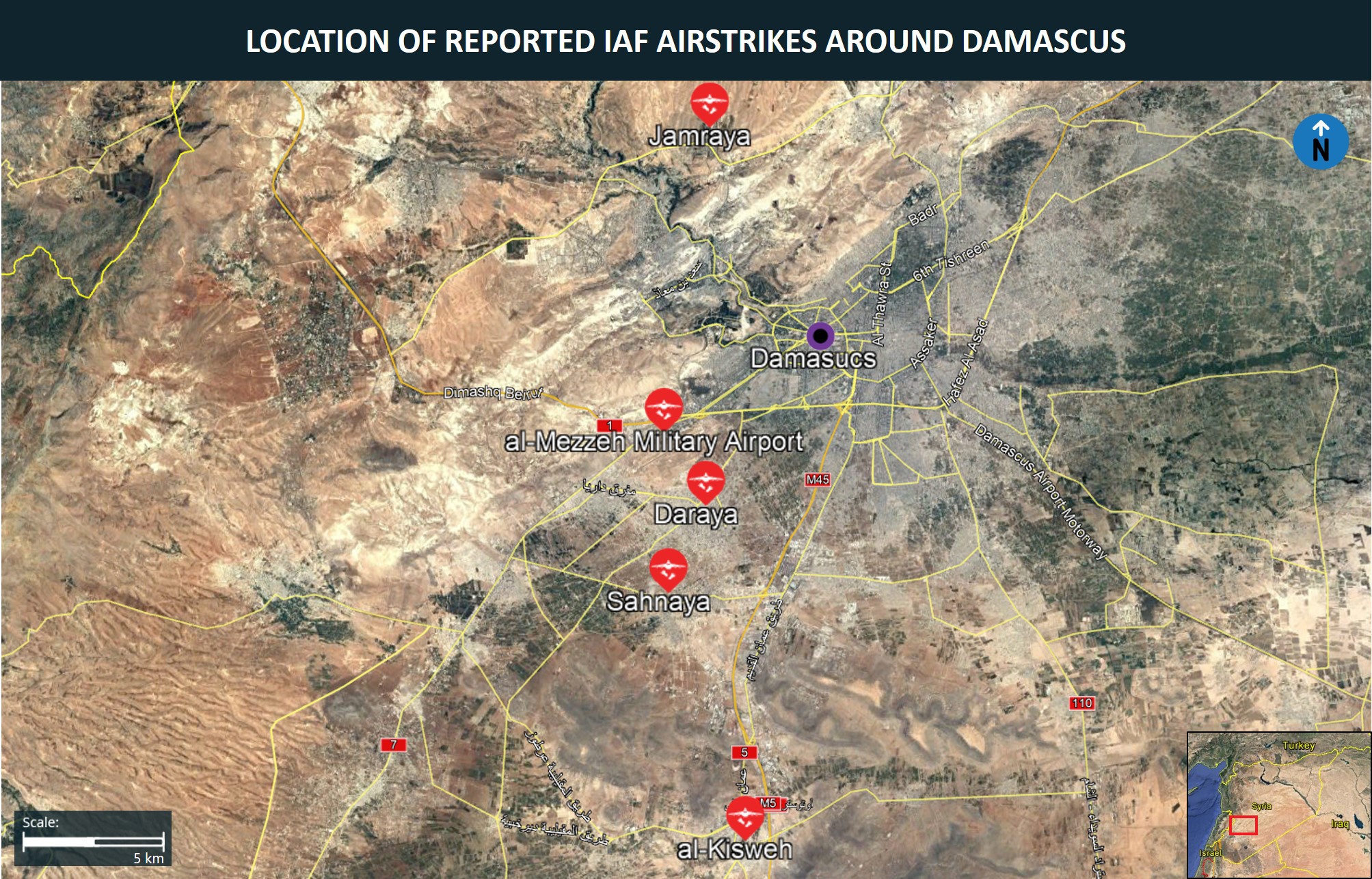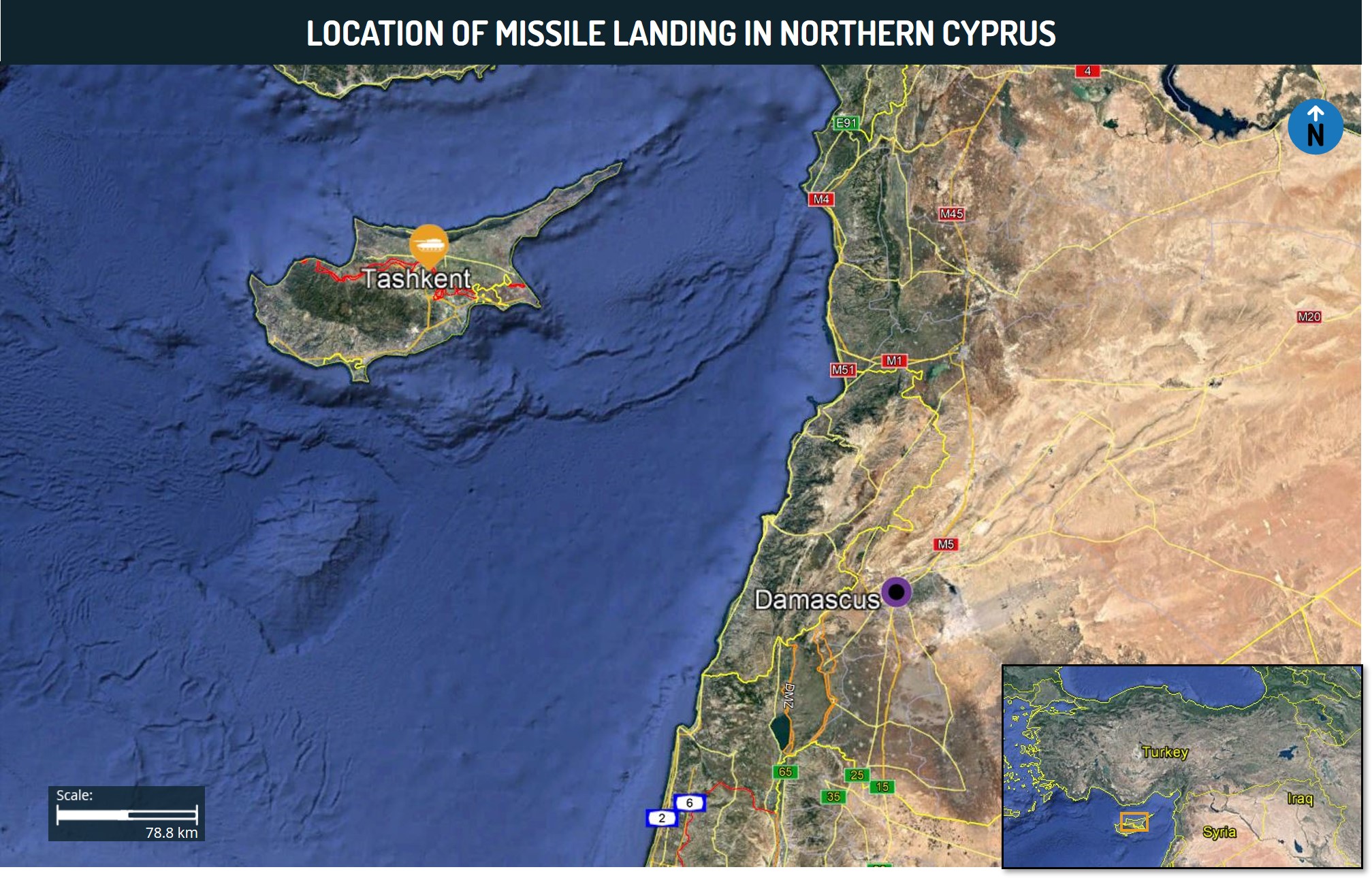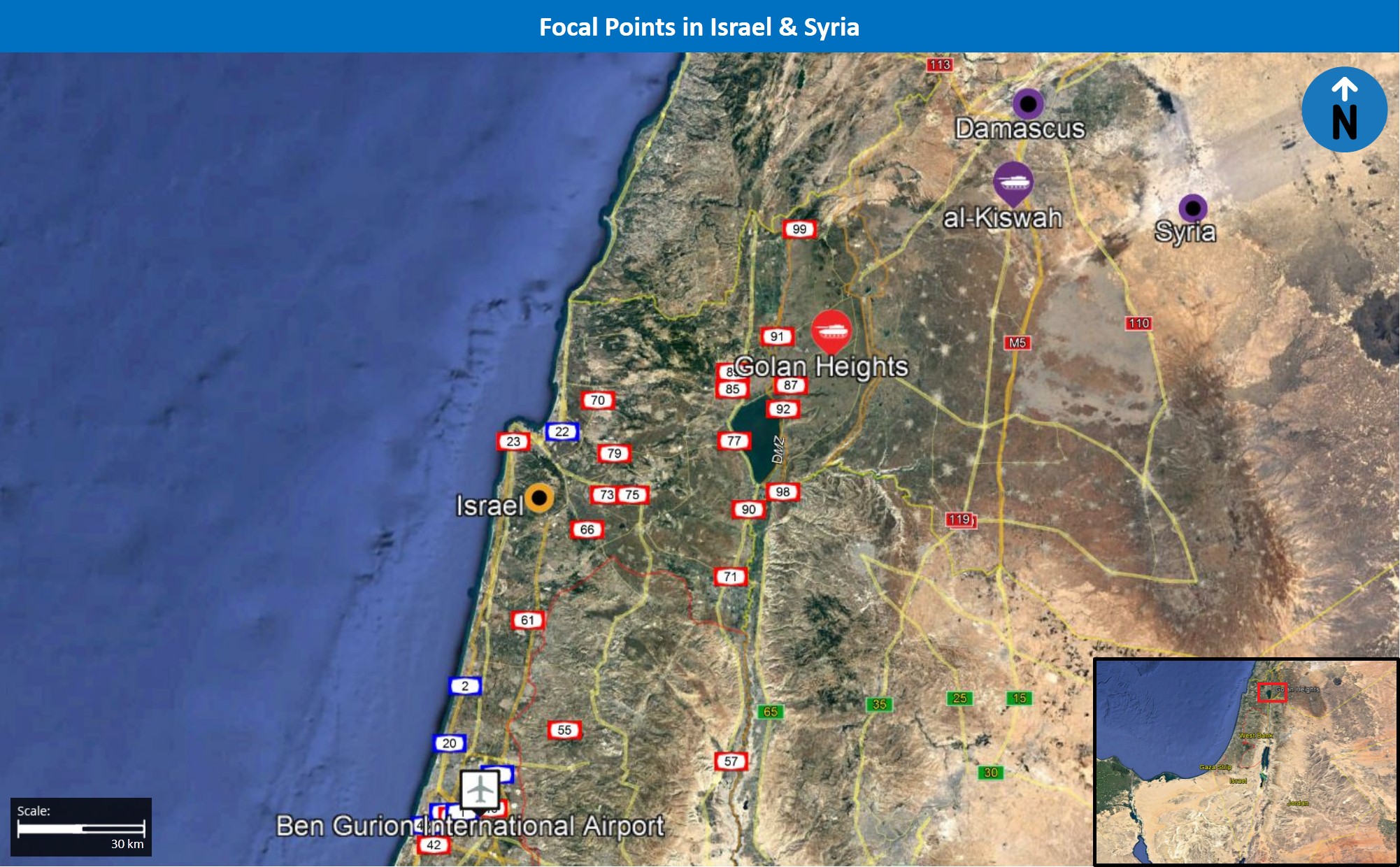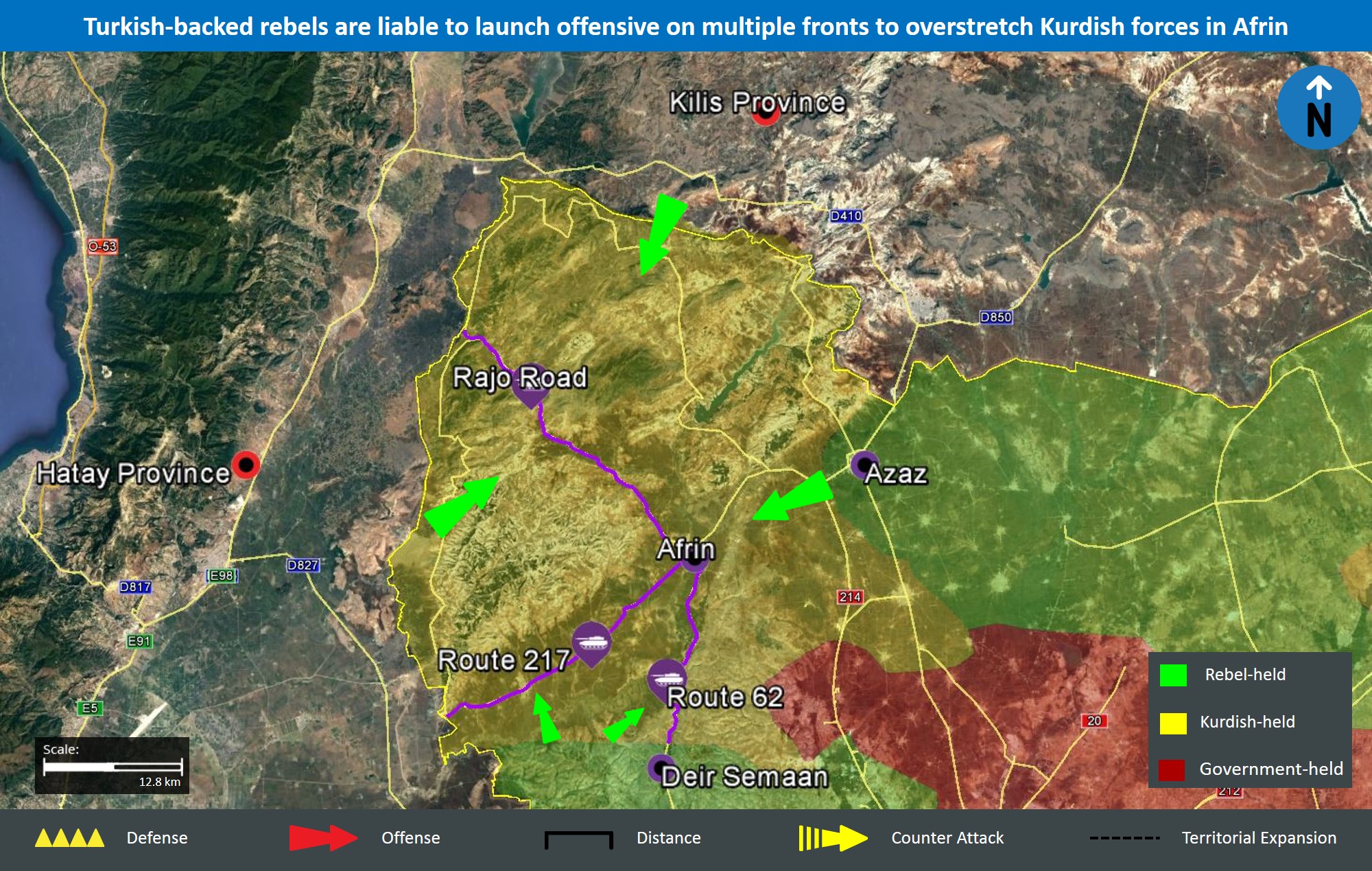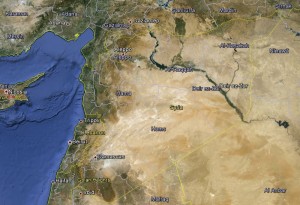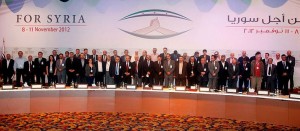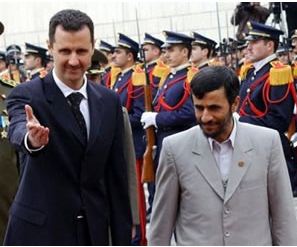Executive Summary:
On June 30-July 1, the official Syrian news agency reported that Israel Air Force (IAF) attacked targets in areas surrounding Damascus and unspecific locations in Homs Province. The airstrikes reportedly targeted a scientific research center in Rif Dimashq’s Jamraya, and other military research facilities linked to the Iranian Revolutionary Guard Corps (IRGC) and Hezbollah.
Given precedent of previous IAF operations in Syrian territory, reports of the military action are likely credible. The development thus reaffirms Israel’s known policy of targeting Iranian-affiliated installations across Syria in an attempt to prevent Tehran’s entrenchment in the country. The current attack is particularly notable due to the broad scope of the airstrikes.
At least one S-200/SA-5 surface-to-air missiles fired by the Syrian Arab Army (SAA) to intercept the IAF aircraft reportedly landed in Turkish-controlled Republic of Northern Cyprus (TRNC). This underscores the underlying threat of collateral damage, including to air traffic, due to spillover from the firing of surface-to-air missile against IAF aircraft operating against targets in Syria. The development is also liable to heighten tensions between Israel and Turkey.
Overall, the incident comes amid heightened regional tensions over recent months between Iran and its proxies on one side, and the US and its allies in the Middle East, on the other. As the current development will increase tensions between Israel and Syria over the coming hours and days, a retaliatory attack against Israely may occur by either Syrian, or more likely, Iranian-linked forces in Syria.
Please be advised:
According to the official Syrian news agency, several projectiles fired by the Israeli Air Force (IAF) towards military sites in areas surrounding Damascus and unspecified locations in Homs Province were intercepted by the Syrian air defense system during the overnight hours of June 30-July 1. It further reported on extensive material damage and civilian casualties, particularly in Sahnaya, located approximately ten kilometers south of Damascus.
Additional reports indicate that at least 15 individuals were killed as a result of the airstrikes.
According to the Syrian Observatory for Human Rights (SOHR), the targets of the airstrikes include a scientific research center in Rif Dimashq’s Jamraya, and other military and strategic research facilities linked to the Iranian Revolutionary Guard Corps (IRGC) and Hezbollah, including along the Qalamoun mountains near the Syria-Lebanon border, and in unspecified locations in Homs Province.
At least one S-200/SA-5 surface-to-air missile fired by the Syrian Arab Army (SAA) to intercept Israeli aircraft reportedly landed in the Tashkent area in Turkish-controlled Republic of Northern Cyprus (TRNC). The missile reportedly caused a fire, but no casualties have been recorded as of the time of writing.
Assessments & Forecasts:
The latest incident follows a recent escalation in hostilities between Israel on one side, and Syria and Iranian-backed groups, on the other. On June 2-3, the IAF reportedly conducted airstrikes against Syria’s T-4 military base in retaliation to the launch of two rockets from Syrian territory towards northern Israel’s Mount Hermon on June 1. Moreover, on June 12, Syria’s official news agency reported that the SAA intercepted Israeli projectiles over Daraa Province’s Tal al-Hara. Thus, given past precedent, as well as the fact that the nature of the latest airstrikes is consistent with Israel’s known policy of targeting Iranian-affiliated installations across Syria, the reports attributing Israel with the latest strikes are likely credible.
The development is notable given the broad scope of the airstrikes. The IAF-attributed airstrikes targeted at least ten Iranian-linked sites, which is higher than most similar incidents recorded within Syrian territory over the recent months. Moreover, the last such airstrikes targeting areas surrounding Damascus was witnessed on January 11-12, which adds to the significance of the latest incident. This highlights Israel’s determination to curb the entrenchment of Iranian-linked elements and its evolving presence in Syria, which Israel perceives as posing a substantial threat to its national security.
The impact of the Syrian surface-to-air missile in Turkish-controlled TRNC is highly notable, as this is the first time such an incident has occurred. The S-200/SA-5 missile is technologically inferior to IAF aircraft, and is therefore usually employed by the SAA in volley fire without achieving a lock on target, with the intention to deter the aircraft and increase the potential for one of the missiles to hit. This was the case when Syrian air defense systems shot down a Russian plane off the coast of Syria on September 17.
In this context, as IAF aircraft likely conducted the recent airstrikes from over Lebanese airspace or from offshore Lebanon, the SAA likely responded with a volley fire, and the missiles that missed continued to fly in their trajectory until they ran out of fuel and fell to the ground in northern Cyprus. This also corresponds with the fact that Nicosia is approximately 325km from Damascus and the operational range of the S-200/SA-5 is approximately 300km. This nonetheless underscores the underlying threat of collateral damage, including to air traffic over Cyprus, posed by the firing of surface-to-air missiles against IAF aircraft operating against targets in Syria.
FORECAST: The incident has the potential to raise tensions between Israel and Turkey over the coming days and weeks, as Turkish President Recep Tayyip Erdogan may perceive such actions as provocative and use them as leverage against Israeli operations against targets in Syria.
The airstrikes were reportedly conducted hours following indications that Syria’s entire Russia-supplied S-300 air defense system was in an operational conditional. Until now only three of Syria’s four surface-to-air-missile launchers had reportedly appeared in a raised position in Hama’s Masyaf. Thus, by conducting airstrikes at this time, Israel likely attempts to convey to all actors operating in Syria, including Russia, that it will not be deterred from its objectives of acting against the perceived Iranian threat.
In this context, the latest strikes occurred days after a tripartite meeting between Israel, the US and Russia from June 24-26 in Jerusalem. During the meeting, Russia’s national security adviser, Nikoali Patruschev, reportedly stated that Iran was his “ally and partner” and it was “contributing a lot to fighting terrorists on Syrian soil and stabilizing the situation there”. The official also reportedly stated that Russia “pays special attention to ensuring Israel’s security.” Despite characterizing Israeli airstrikes against Iranian assets in Syria as “undesirable”, the short span of time between the meeting and the latest incident points towards the possibility that Moscow may have given Israel its tacit consent to act against the expansion of Iran’s influence. Patruschev’s prior comments regarding Iran’s status as a Russian ally are thus likely indicative of Moscow’s attempts to balance its geopolitical interests amid the various regional actors.
Overall, the incident comes amid heightened regional tensions over recent months between Iran and its proxies on one side, and the US and its allies in the Middle East on the other. Against this backdrop, several attacks against US interests and its allies over the recent weeks have been attributed to Iranian-linked elements and proxies.
FORECAST: The incident is liable to increase tensions between Israel and Syria over the coming hours and days. While there remains a potential for retaliatory action by the Syrian government, the likelihood for such attacks by Iranian-backed elements against Israel is relatively higher particularly given that the latest IAF airstrikes primarily targeted Iranian-linked facilities.
Recommendations:
Syria:
We advise avoiding all nonessential travel to Damascus due to the remaining threat of militancy in the city. In addition, it is advised to avoid all travel to the vicinity of military installations due to the potential for Israeli strikes.
Avoid all travel to outlying areas and cities including Daraa, Homs, Hama, and Idlib due to persistent fighting and heightened risk of kidnapping targeting foreigners, particularly in combat zones and rebel-held areas.
Israel:
Travel to Israel may continue at this time while adhering to security precautions regarding militant attacks, while avoiding the immediate vicinity of the Syrian, Lebanese, and Egyptian borders, due to the persistent risk for cross-border violence.
Those residing or operating in Israel are advised to monitor the situation in the vicinity of the border areas regarding incidents of cross-border hostilities and possible rocket attacks. Remain cognizant of the situation along the Lebanese and Syrian border areas, as minor hostilities between various groups can escalate into a broader conflict.
